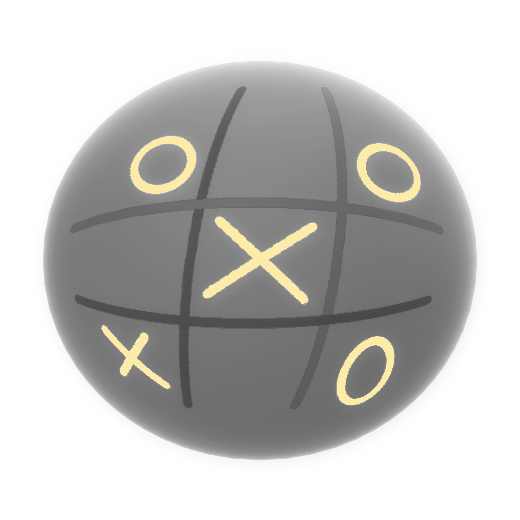O Lord! What is the body? What is life? What is the Prime Cause? What is the Atman? —Trishikhibrahmana Upanishad 1.1 The text opens with a set of four questions, for whose answers a yogi, the Trishikhi Brahmana, travels to the Sun. He asks, what is the body, what is soul, what is life, and what is the primal cause of the universe? The text begins its answers by asserting in verse 2 that everything is Shiva, the absolute, the one being that appears to be divided into many beings and matter. The prime cause of the universe, states the Upanishad, is the Brahman, who once was indistinct nothingness (Avyakta). From this indistinct state emerged the Mahat (vast), asserts the text. From the Mahat emerged the self-conscious mind (Ahamkara) and the five subtle elements. From these emerged the gross elements, and from the gross elements emerged the empirical cosmos. The body is a combination of elements and organs, asserts Trishikhibrahmana Upanishad in verses 5 to 7. It is the inner senses in the body that yield knowledge, volition, decision and self-assertion. These, claims the text, include assimilation, digesting, breathing, seizing and lifting, as well as the perceptive faculties of sight (form), sound, smell, taste and touch. In verse 8, the Trisikhi text asserts that the human body is a house of all gods such as Agni, Indra, Upendra, Varuna and Prajapati. These each preside the essential functions in the body in the form of the 12 sensory and action organs. The text, in chapter 2 verses 1–9, asserts that the empirical world is a combination of elements that evolves. It includes the inanimate and the animate beings. The beings are born through four means, through an egg, through seeds, through a womb, or through sweat. Their body is constituted from solids and the primary fluids. These are different from the inmost Atman (soul, self). The Atman, with its unending power, states the text, is exclusive bliss, transcendent and shines. In verses 10 to 14, the text states, everything is Shiva, that which changes is Shiva, and that which is not subject to change is also Shiva. Doubts arise in the Jiva (life force, doer) by agitation of the mind, states the text, and the Jiva (doer) is bound by karma. Renunciation of karma and associated misconceptions leads to peace, but this happens when the JIva is ready because he has reached the proper time and the right knowledge of the Atman, asserts the Trishikhibrahmana Upanishad. The Yamas Ten are the Yamas: Non-violence and truth, Asteya and Brahmacharya, Compassion and rectitude, Forbearance and fortitude, Moderation in food and cleanliness. —Trishikhibrahmana Upanishad 2.32–33 In verses 15–23 of chapter 2, the Upanishad states that Yoga and Jnana (knowledge) is the way to know the Atman, the Shiva. Karma yoga, states the text, is observing the virtues and teachings in the Vedas, while Jnana yoga is the effort of applying one's mind to the understanding and realizing Moksha.


 Shop Ventures NFT
Shop Ventures NFT